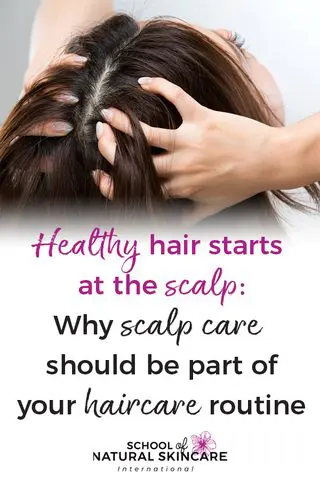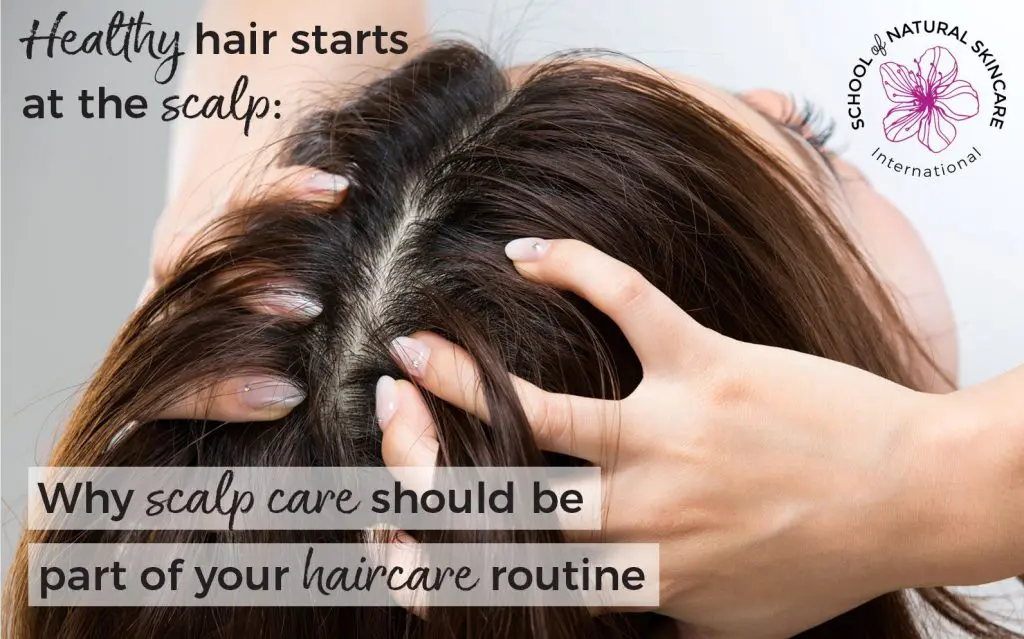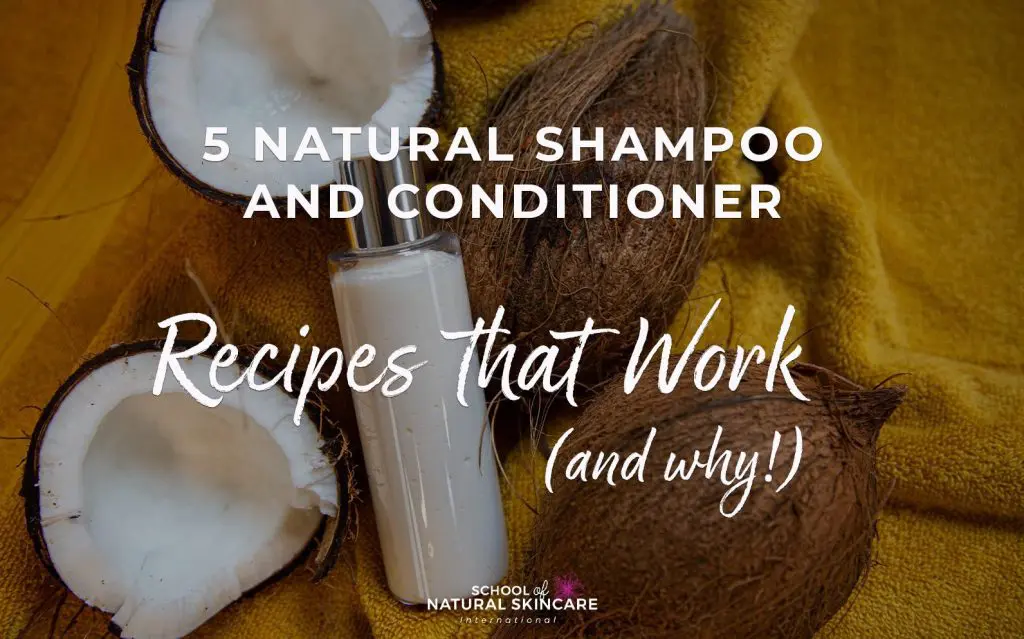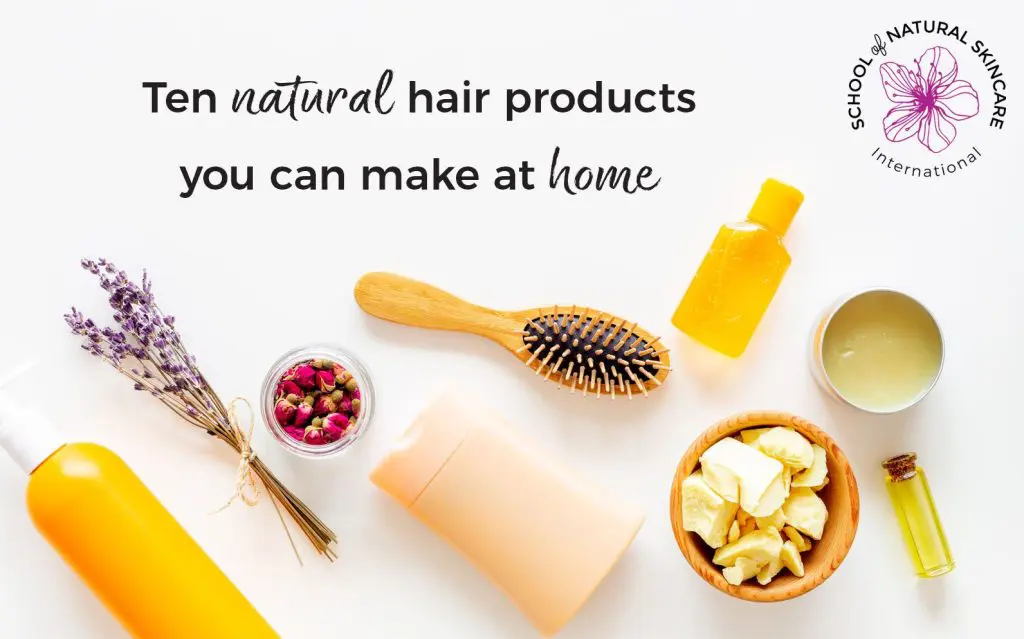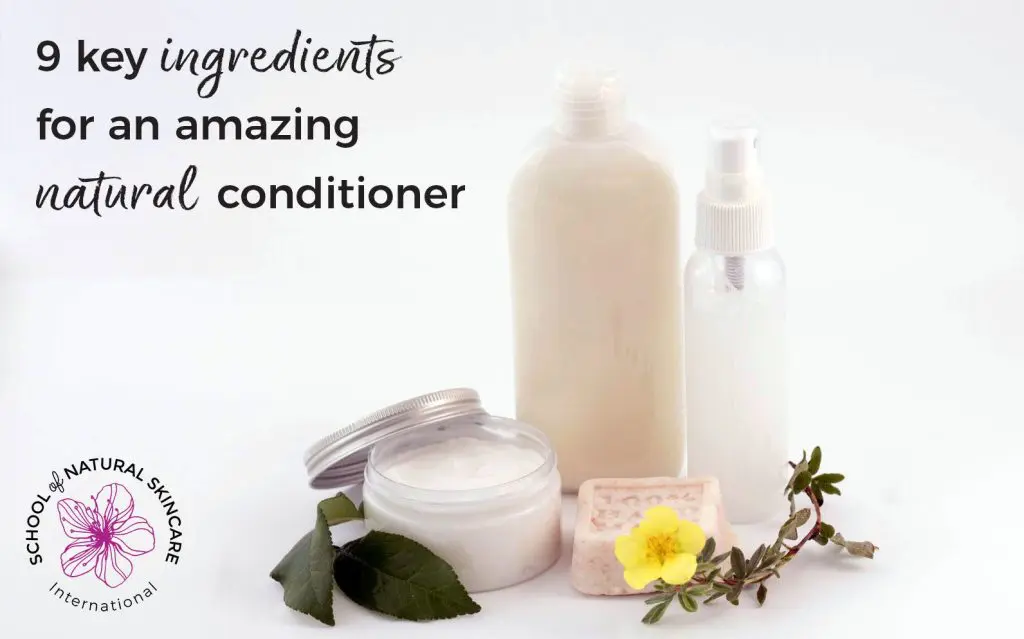Caring for your scalp is such an important part of a haircare routine, but it’s often overlooked. Even if they lather up well and you get a good scrub, shampoos are washed off quickly, and conditioners are rarely applied to the scalp. But treatments designed for scalp care can meet your scalp’s needs and offer real benefits.
On top of it being a good idea for individual use, scalp care is one of the key trends defining haircare in 2019, according to Andrew McDougall, Associate Director of Beauty and Personal Care at Mintel. So it’s good for your scalp, and good for your business, to learn how to make and offer some new scalp treatments!
Some of the benefits of scalp treatments include:
- Removing dead skin cells on the scalp which can cause inflammation and dandruff
- Stimulating blood circulation around the roots of the hair, which energizes the scalp and promotes hair growth
- Nourishing the scalp and rehydrating in order to prevent breakage
- Massaging the scalp can ease stress and promote an overall feeling of peace and wellbeing
- Taking that extra step towards self-care to make you feel refreshed and confident
Here are some scalp treatments you can learn to make yourself, as a sneak peek into our Diploma in Natural Haircare Formulation:

Scalp Serum
Scalp serums are designed to deeply nourish the scalp, using luxury active ingredients that need to stay on the skin to offer more benefit to the scalp and hair roots. Scalp serums can come in many forms:
- Oil serums: They only contain anhydrous lipophilic ingredients, such as carrier oils, essential oils and oil soluble active ingredients.
- Emulsions: They contain a water phase and an oil phase that are combined with an emulsifier. They can contain oil and water soluble active ingredients.
- Bi-phase serums: They contain an oil phase and a water phase without an emulsifier, so they keep two separate layers in the container. They can contain oil and water soluble active ingredients.
- Water based serums/gel based serums: They are water based products that can be thickened to make a gel. They contain mainly water soluble ingredients, but, depending on the thickeners, can contain small quantities of oil and lipophilic ingredients as well.
Scalp serums are usually applied to the scalp before washing the hair. They are massaged into the scalp and left to work for 10-30 minutes; sometimes they are even left overnight. After the serum treatment, the hair is washed with a shampoo and conditioner as per usual.
Scalp Scrub
Scrubs or exfoliating products are well known in skincare and bodycare, but they are fairly new among haircare products. They’re a great treatment option to add to your haircare routine, because keeping the roots of your hair healthy quite clearly leads to healthy hair down the line! A scalp scrub helps to remove dead skin cells on the scalp that can cause inflammation and dandruff. We also stimulate blood circulation around hair roots, which energizes the scalp and stimulates hair growth. The exfoliating ingredients in a scalp scrub can be either chemical (AHAs and BHAs) or physical (jojoba beads/pearls, ground dried plant material, salt, sugar, etc). Scalp scrub is typically applied on a wet scalp, gently massaged into it and then rinsed off with water. Scrub treatment is then followed by a regular shampoo and conditioner. Here’s a recipe for one of our most popular scalp-care treatments, which you can find in the Diploma in Natural Haircare Formulation!
Energizing Scalp Scrub
Before formulating any product, we guide our students through the product development questions to help them select the best ingredients for the outcome they desire. For this product, those questions include:
- What is the product type? We’re making a scalp scrub that’s meant to be used about two times per week.
- Are we formulating to meet a particular standard or certification? Yes, COSMOS.
- Who is the target audience? All ages, all hair types can use this product!
- What’s the purpose of the product? To remove dead skin cells from the scalp, increase circulation, and energize the scalp.
- What properties or qualities do we want the product to have? It will be a clear-cloudy gel with the exfoliator suspended in it. It should have a refreshing citrus scent and a slight foaming ability.
- What kind of packaging will it be in? Whilst many would go for a plastic squeeze tube, if you were to move away from plastic, you could look at a glass or aluminium jar.
Then, we consider the ingredient—specific questions, such as:
- What thickeners or suspending agents will we use, and why? We’re using Siligel—a natural thickener and suspending agent that’s easy to work with and does not create a sticky or slimy-feeling gel.
- What exfoliating ingredients are we using, and why? We’re using ground walnut shells as a natural exfoliator that won’t dissolve in water, but also won’t contribute to microplastic pollution, as some synthetic exfoliators used in commercial beauty products do.
- Which humectants are we using, and why? We’re using glycerin and panthenol—they provide moisture and regeneration for the hair and scalp when using the scrub.
- Which surfactants are we using, and why? We’re using SLSA and decyl glucoside—both are naturally-derived and very mild surfactants which help remove dead skin cells and dirt while rinsing the scrub off.
- Which active ingredients and/or essential oils are we using, and why? We’re using bergamot and lime essential oils for a refreshing scent.
- Which other ingredients specific to this product type are we using, and why? We’re using Caprylyl/capryl glucoside to solubilize the essential oils in the water.
As you can see, each ingredient choice is selected for a purpose, and nothing is chosen at random or just from guessing. The same is true about the actual formulation—which amounts to use, and why. (These are all things we cover in the diploma course!) And then, the formula of the scrub:
| Phase | INCI Name | Trade Name | Function | W/W% |
| A1 | Aqua | Purified Water | Solvent | 70 |
| A | Rosmarinus Officinalis Water | Rosemary Hydrosol | Solvent, Fragrance, Active Ingredient | 10 |
| A1 | Xanthan Gum (and) Lecithin (and) Sclerotium Gum (and) Pullulan | Siligel | Thickener, Suspending Agent | 2 |
| A | Glycerin | Glycerin | Humectant | 2 |
| A | Sodium Lauryl Sulfoacetate | Sodium Lauryl Sulfoacetate | Primary Surfactant | 5 |
| A | Decyl Glucoside | Decyl Glucoside | Co-Surfactant | 4 |
| B | Juglans Regia Shells | Ground Walnut Shells | Exfoliant | 1 |
| B | Panthenol | Panthenol | Skin/hair Conditioner | 2 |
| B | Benzyl Alcohol, Salicylic Acid, Glycerin, Sorbic Acid | Preservative ECO | Preservative | 1 |
| C | Citrus Bergamia Fruit Oil | Bergamot Essential Oil (Bergaptene-free) | Fragrance | 0.5 |
| C | Citrus Aurantifolia Fruit Oil | Lime Essential Oil (distilled) | Fragrance | 0.5 |
| C | Caprylyl/Capryl Glucoside | Plantasol | Solubilizer | 2 |
Instructions:
- Sprinkle Siligel on the water while stick-blending. Keep blending until the gum is fully dispersed and a gel starts to form.
- Add phase A ingredients and stir until homogenous. To speed up SLSA dissolving, you may heat phase A in water bath.
- Cool down phase A until below 40°C (104°F) and add phase B ingredients. Stir using a spoon or stirrer.
- Mix phase C ingredients together and add to phase A+B. Stir until mixed in.
- Adjust the pH to 5.0. (You can learn more about how to adjust pH in our haircare course)
As you can see, making nourishing scalp treatments at home really isn’t as difficult as you might think. With the right formulation knowledge, and the highest quality ingredients, you can make them and start enjoying their benefits right away. Or, gain the confidence to create scalp scrubs and serums that you can begin offering to your customers with your current product line! We cover these products much more in-depth in our Diploma in Natural Haircare Formulation course, including why the formulations are structured the way they are, how ingredients can be chosen to be the most powerful in your products, as well as how to change them up to customize them safely and perfectly every time. Come check it out and get started today making your own hair scrubs and serums, masks and butters, shampoos and conditioners, styling products, and so much more!
Free Training
Become a Natural Haircare Formulator
There are so many myths and mistakes online about haircare formulation—many of which can actually damage your hair.
Learn the professional way to formulate natural and organic haircare products with our free email training series.
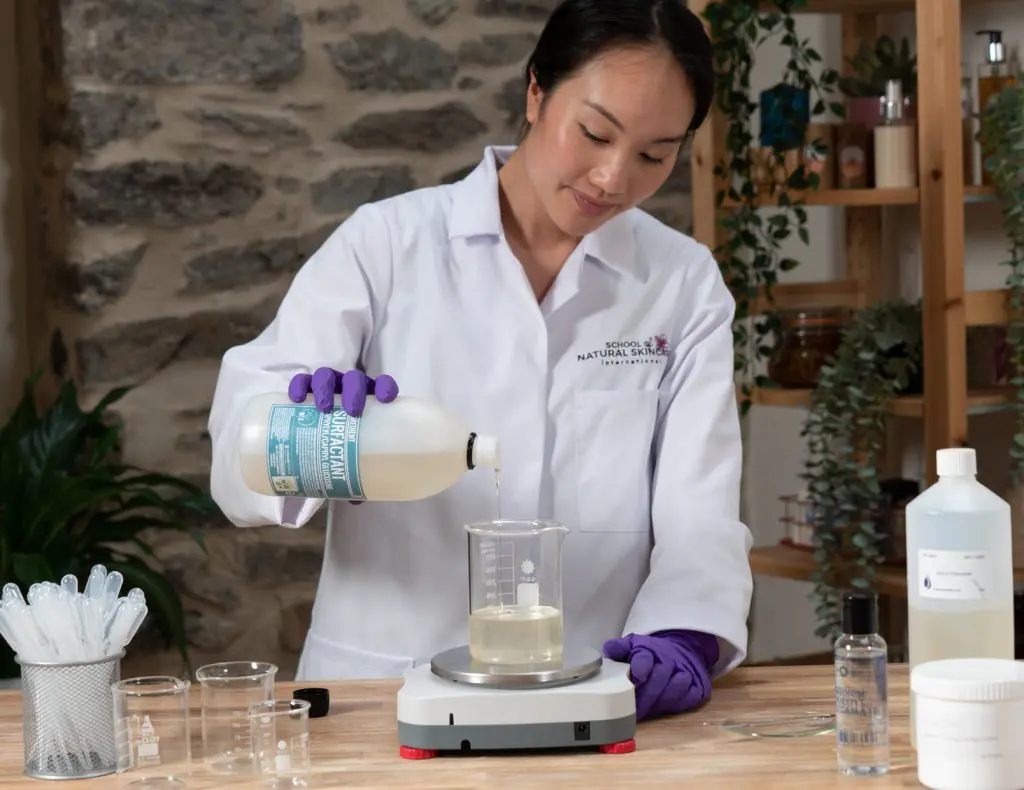
Exclusive for our newsletter subscribers. Sign up now!
We look after your data in accordance with our privacy policy.
What you’ll learn:
- The essential ingredient you must include in a shampoo.
- Five natural shampoo recipes that won’t work and why.
- How to avoid SLS – and gentle, natural alternatives.
- The difference between making haircare products and skincare products.
- How NOT to make your own shampoo and conditioner bars.
Exclusive for our newsletter subscribers. Sign up now!
Love loving about haircare? Save this image below on Pinterest so you can be sure to remember!
